Sustainable Luxury: How High End Architects Incorporate Eco-Friendly Design
In the modern world, luxury is no longer just about opulence and extravagance—it’s about responsibility, innovation, and harmony with nature. Today’s high end architects are leading this transformation, merging sustainability with elegance to craft homes and buildings that are not only beautiful but also kind to the planet.
From sprawling eco-estates to urban green marvels, let’s explore how the world’s top architects redefine sustainable luxury through cutting-edge design and conscious choices.
The Rise of Sustainable Luxury in Architecture
Luxury clients are increasingly aware of their environmental footprint. In response, high end architects are pioneering a new design ethos that prioritizes energy efficiency, resource conservation, and biophilic design—without sacrificing comfort or style.
Gone are the days when eco-friendly meant compromising on luxury. Today, it’s quite the opposite.
Key Strategies High End Architects Use for Sustainable Luxury
1. Passive Design Principles for Natural Efficiency
High end architects start with smart orientation and passive design strategies. This includes:
- Maximizing natural light with large south-facing windows.
- Thermal insulation and airtight envelopes to reduce energy loss.
- Strategic placement of overhangs and shading to manage heat gain.
These design moves drastically lower HVAC energy use, offering year-round comfort with minimal environmental impact.
2. Sustainable Materials that Exude Elegance
Luxury homes now feature sustainable, low-impact materials that are both durable and visually stunning:
| Material | Sustainable Feature | Luxury Appeal |
|---|---|---|
| Reclaimed wood | Reduces deforestation | Rich, rustic charm |
| Bamboo | Rapid renewability | Exotic modern vibe |
| Recycled steel/glass | Lower carbon footprint | Sleek, industrial elegance |
| Natural stone | Locally sourced | Timeless sophistication |
These choices create a balance between nature and aesthetics.
3. Net-Zero and LEED-Certified Homes
Many high end architectural firms now aim for net-zero energy or LEED Platinum certification:
- Solar panels, geothermal systems, and energy recovery ventilation reduce reliance on non-renewables.
- Smart meters and automation tools optimize consumption and report real-time performance.
These buildings don’t just consume less—they produce more.
4. Green Roofs and Living Walls
High end architects creatively integrate vegetation into the design itself:
- Green roofs regulate temperature, absorb rainwater, and offer tranquil garden spaces.
- Living walls improve air quality and serve as living art installations indoors or out.
These features promote biodiversity while creating unique, calming aesthetics.
5. Water Conservation and Reuse Systems
Water-efficient systems go hand-in-hand with luxury:
- Greywater recycling for landscaping and flushing.
- Rainwater harvesting tanks beautifully disguised as architectural features.
- Smart irrigation that adapts to weather and soil conditions.
These technologies help preserve a precious resource while enhancing outdoor living spaces.
6. Locally-Sourced, Regionally-Specific Design
Sustainable luxury embraces contextual design. High end architects often use:
- Locally-sourced materials to support regional economies and reduce emissions.
- Designs suited to climate zones, such as cross-ventilation in tropical climates or thermal mass in arid regions.
This approach yields homes that feel rooted, authentic, and naturally efficient.
7. Seamless Indoor-Outdoor Integration
Luxury homes are increasingly blurring the line between inside and outside:
- Sliding glass walls, open courtyards, and natural ventilation keep energy use low while maximizing the sensory experience.
- Landscaping is designed to reflect native ecosystems, promoting wildlife and reducing maintenance.
Nature becomes part of the living space, making sustainability feel indulgent.
Why It Matters: More Than Just Greenwashing
Today’s affluent homeowners are not just seeking status—they want purposeful elegance. By hiring high end architects with sustainability credentials, they invest in:
- Long-term cost savings on utilities
- Higher property value and resale potential
- Reduced carbon footprint
- A deeper sense of harmony with the environment
These homes are a statement—not just of wealth, but of values.
Final Thoughts
High end architects are proving that luxury and sustainability can coexist beautifully. Through innovation, design excellence, and deep respect for the environment, they’re crafting spaces that are as responsible as they are refined.
Want to explore more sustainable architecture trends? Check out the U.S. Green Building Council for inspiration and certification standards.

